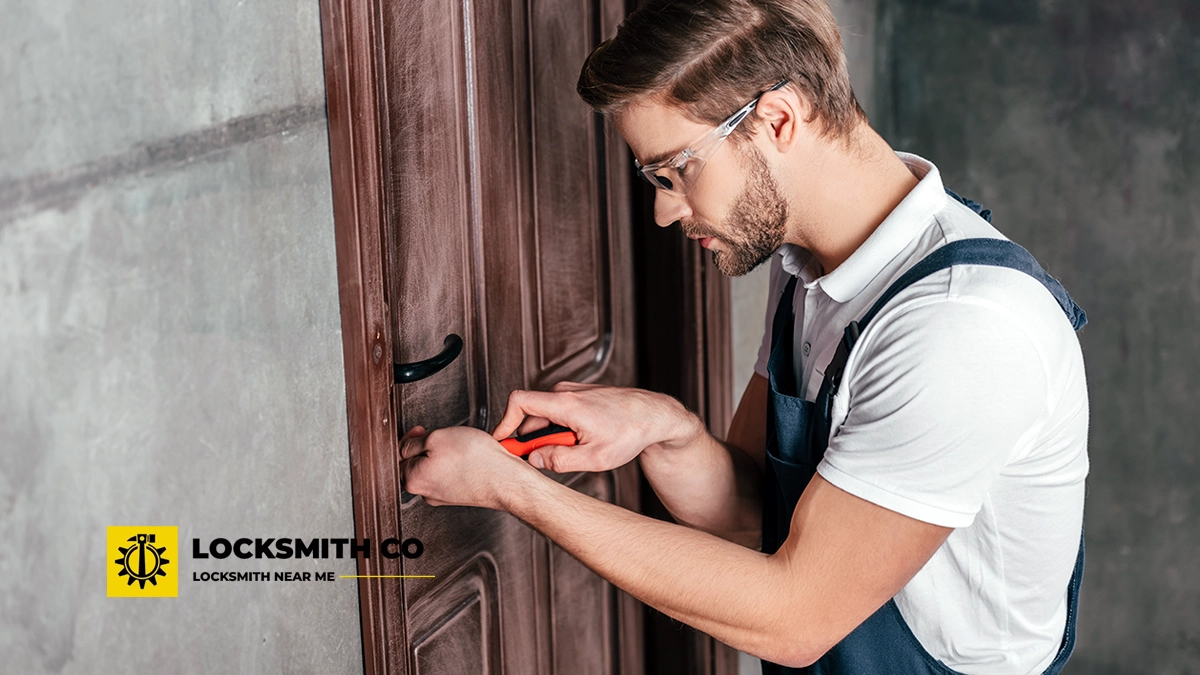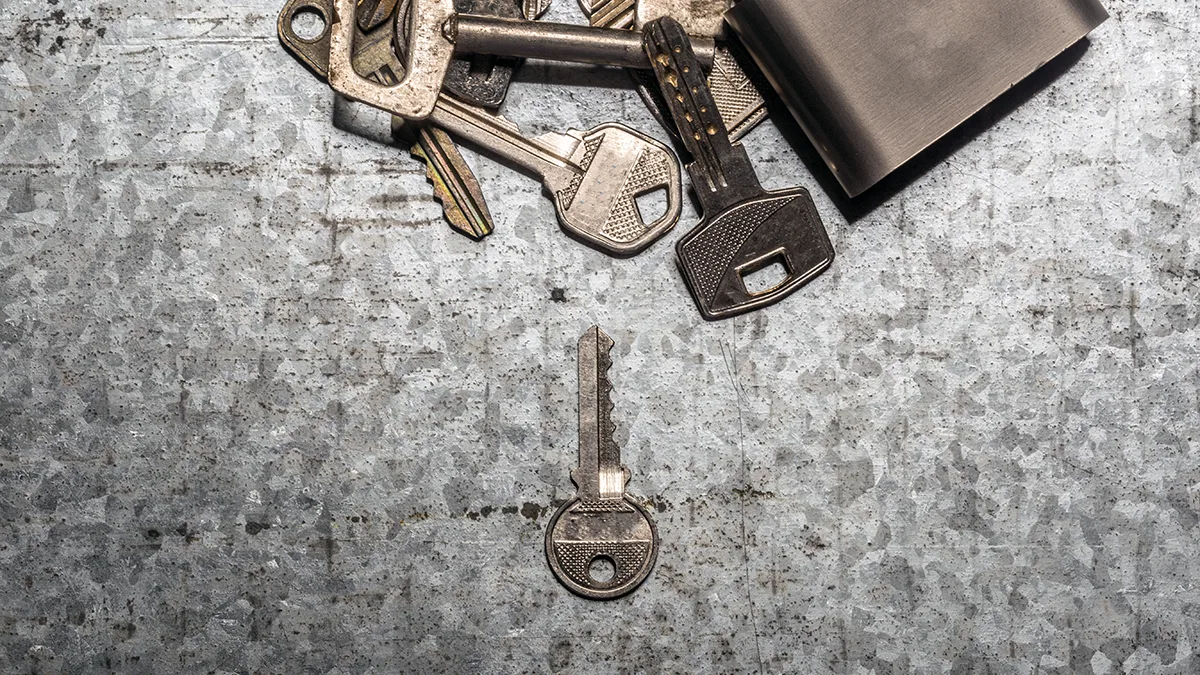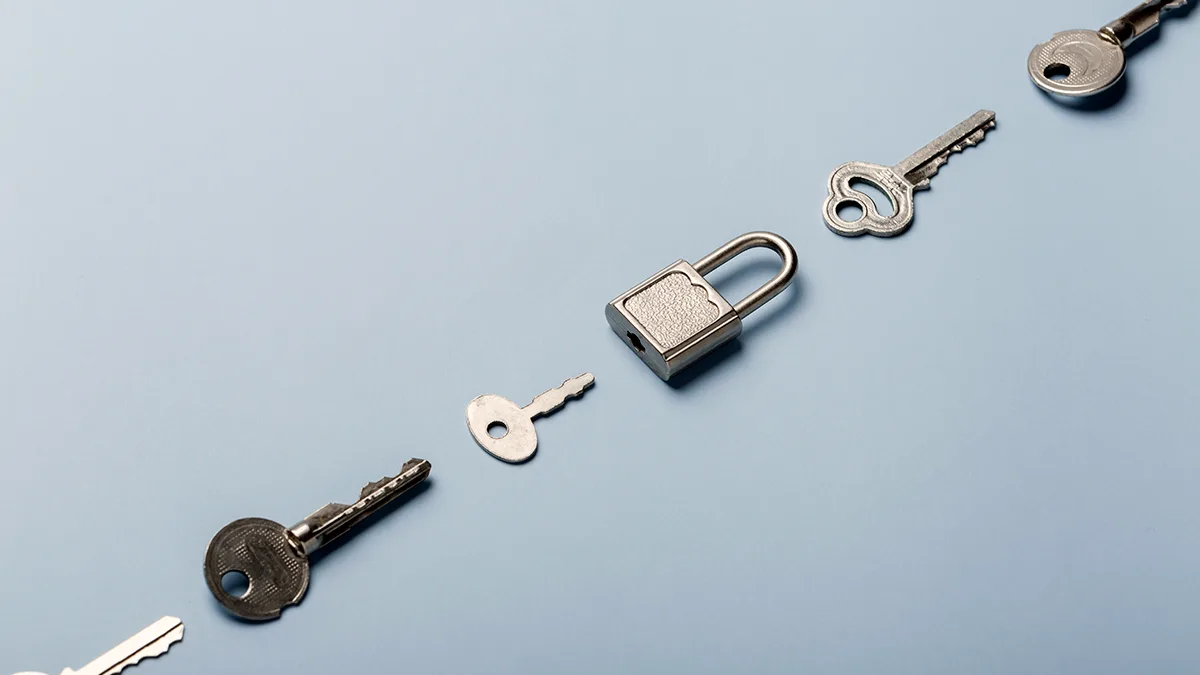The Hidden Costs of DIY Lock Repairs and How to Avoid Them. In a bustling city…
Mastering the Basics: A Step-by-Step Guide to DIY Door Lock Repair for Homeowners
Mastering the basics: A step-by-step guide to DIY door lock repair for homeowners. Ensuring the security of your home is paramount, and understanding the nuances of DIY door lock repair can save you both time and money while providing peace of mind.
Whether you’re dealing with broken door locks or simply looking to enhance your home’s security, this guide is crafted to empower homeowners and DIY enthusiasts with the knowledge needed to tackle minor fixes confidently.
Mastering the Basics
By delving into the essentials of fixing door locks, we’ll share expert locksmith tips that demystify the process, making it accessible even to the inexperienced.
In this step-by-step guide, you’ll learn the basics of DIY door lock repair, helping you avoid unnecessary costs and assuring you of a safe and secure living environment.
Understanding Door Lock Basics
Common Door Lock Issues
Door locks, while generally reliable, can encounter a range of issues that might compromise your home’s security.
One prevalent problem is a misaligned strike plate, which can prevent the latch from properly engaging.
Over time, general wear and tear might cause keys to jam in the lock due to worn or broken pin tumblers.
Additionally, door locks can become loose, often caused by regular usage or poor initial installation.
Rust and dirt accumulation can also hinder smooth operation, especially in outdoor locks exposed to the elements.
Another frequent issue is broken door locks resulting from forced entry attempts or accidental damage.
Recognising these common problems early can lead to more effective fixing of door locks.
By understanding these basics, homeowners can better assess whether a DIY door lock repair is feasible or if professional locksmith services are necessary.
Tools Needed for Repairs
To successfully undertake DIY door lock repair, having the right tools at your disposal is crucial.
A basic toolkit should include a screwdriver set, as different door locks may require either Phillips or flathead screwdrivers.
A tape measure is useful for ensuring proper alignment and fit. A pair of needle-nose pliers can assist in gripping small lock components.
For more intricate repairs, such as rekeying, a lock pinning kit might be necessary.
Lubricant, such as graphite or silicone spray, can help address issues caused by rust or dirt.
Additionally, a flashlight is essential to illuminate the lock’s interior mechanisms, especially in dimly lit areas.
Having these tools on hand allows you to address a variety of common lock issues efficiently.
By being prepared, homeowners are better equipped to tackle minor repairs and maintain their locks in optimal working condition without immediate professional assistance.
Step-by-Step Repair Guide
Fixing a Loose Door Knob
A loose door knob is not only a nuisance but a potential security risk.
To address this issue, start by determining the type of knob you have—some may have concealed screws, while others use visible ones.
For knobs with visible screws, simply tighten them using the appropriate screwdriver. If the screws are hidden, locate the small latch or hole on the knob’s side.
Using a flathead screwdriver, press the latch or insert a paperclip into the hole to release the knob. Once removed, you will see the mounting screws.
Tighten these screws securely. If the problem persists, inspect the spindle, which connects the handles, for wear or damage.
Replace it if necessary. Finally, reattach the knob, ensuring everything is aligned properly.
This straightforward DIY door lock repair can restore the door knob’s functionality, enhancing both convenience and security in your home.
Repairing a Jammed Lock
Dealing with a jammed lock can be frustrating, but it’s often a solvable problem with some simple steps.
Begin by verifying that the key is not bent or damaged, as this could cause jamming.
If the key appears fine, apply a lubricant like graphite powder or silicone spray into the keyhole.
Avoid using oil-based lubricants, as they can attract dirt. Insert the key and gently jiggle it to distribute the lubricant and free any stuck components.
If the lock remains jammed, the issue might lie within the cylinder.
Remove the lock from the door using a screwdriver, and inspect the internal mechanism for debris or misaligned pins.
Clean the lock thoroughly and reassemble it. Test the lock before reattaching it to ensure smooth operation.
If the lock is still not functioning properly, it may be time to consult professional locksmith services to avoid further damage.
Locksmith Tips for Success
Avoiding Common Mistakes
When undertaking DIY door lock repair, certain common mistakes can impede success.
One frequent error is using incorrect tools, which can damage the lock and increase repair costs.
Always ensure you have the right tools for the job, such as the correct size screwdriver or a suitable lubricant.
Another mistake is neglecting to take note of how components fit together before disassembly.
Taking photos during each step can help ensure proper reassembly. Additionally, forcing parts to fit can cause breakage, especially with delicate internal mechanisms.
Patience and a gentle touch are key. Overlooking lubrication is another pitfall; a lack of lubrication can cause components to wear out faster and worsen the issue over time.
By avoiding these mistakes, homeowners can improve their chances of a successful repair, maintaining their locks in good working order and enhancing their home’s security and convenience.
When to Call a Professional
While DIY door lock repair can be effective for minor issues, certain situations necessitate professional expertise.
If the lock is severely damaged, perhaps due to a break-in attempt, it’s wise to call a locksmith.
Additionally, if the lock mechanism is complex or unfamiliar, professional assistance can prevent further damage and ensure proper functioning.
When a lock issue persists despite several DIY attempts, it might indicate an underlying problem that only a trained locksmith can diagnose and fix.
Furthermore, if you find yourself without the necessary tools or confidence to proceed safely, it’s best to rely on professional services.
A locksmith not only resolves the issue efficiently but also provides assurance and reliability. This is crucial in maintaining your home’s security.
Understanding when to seek professional help can save time and money, ultimately ensuring your locks are restored to optimal working condition without compromising safety.




Comments (0)